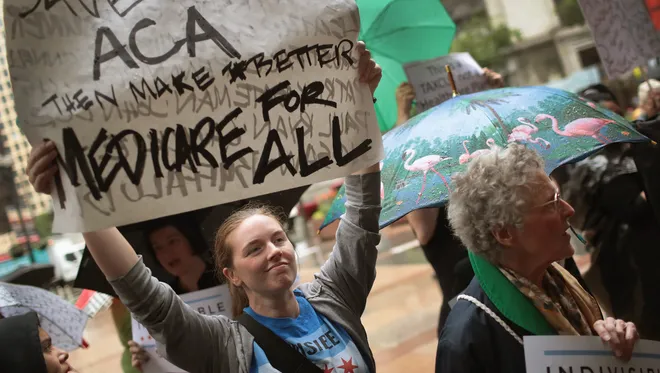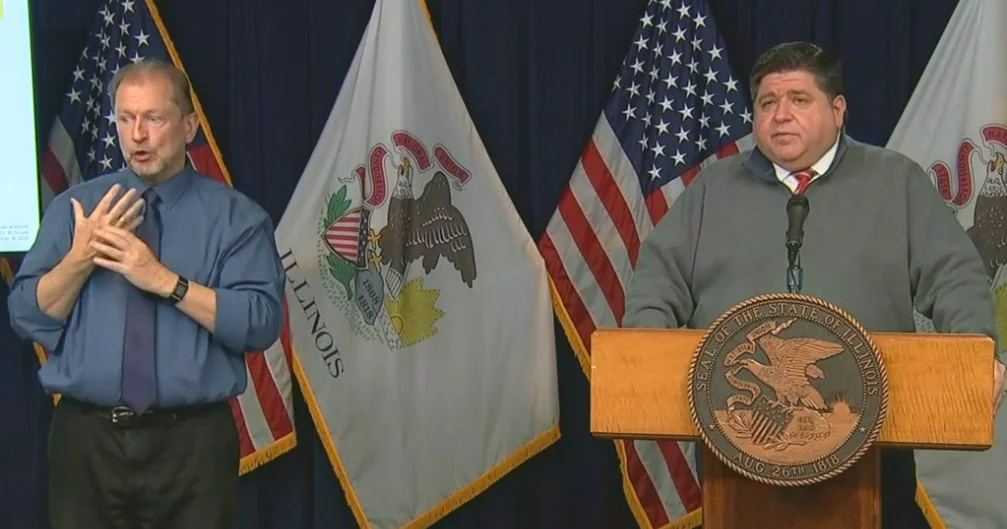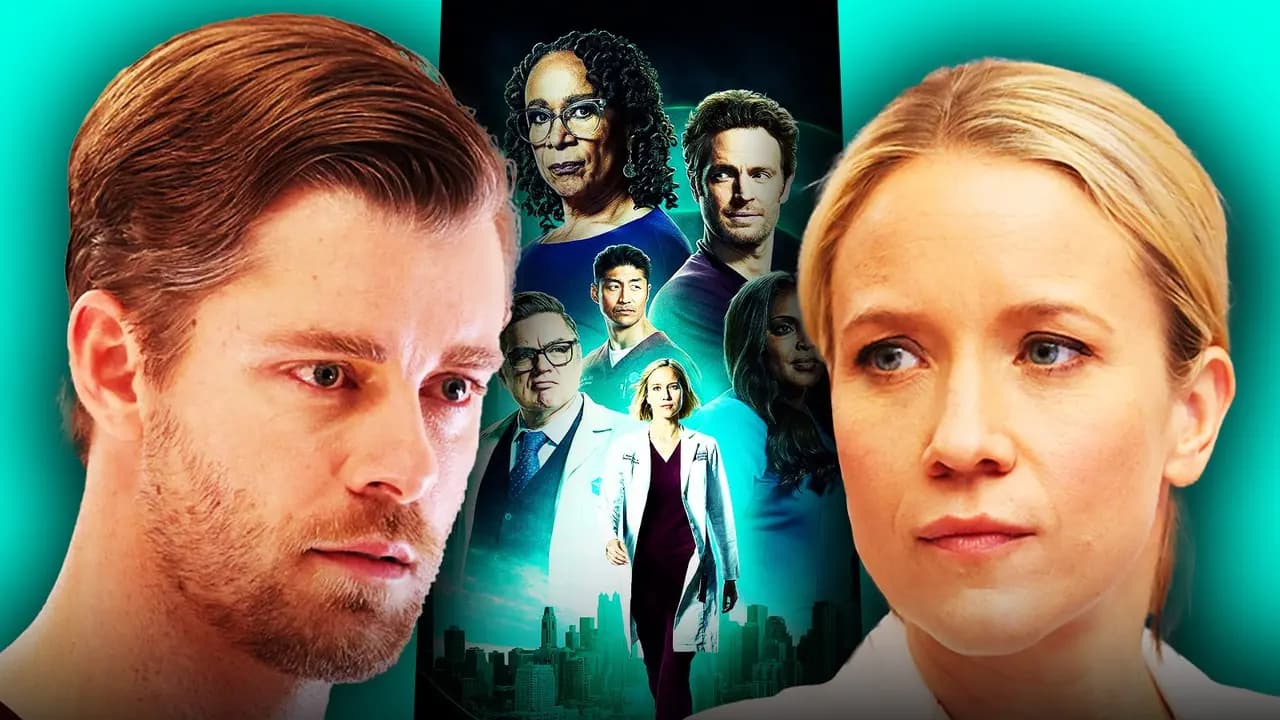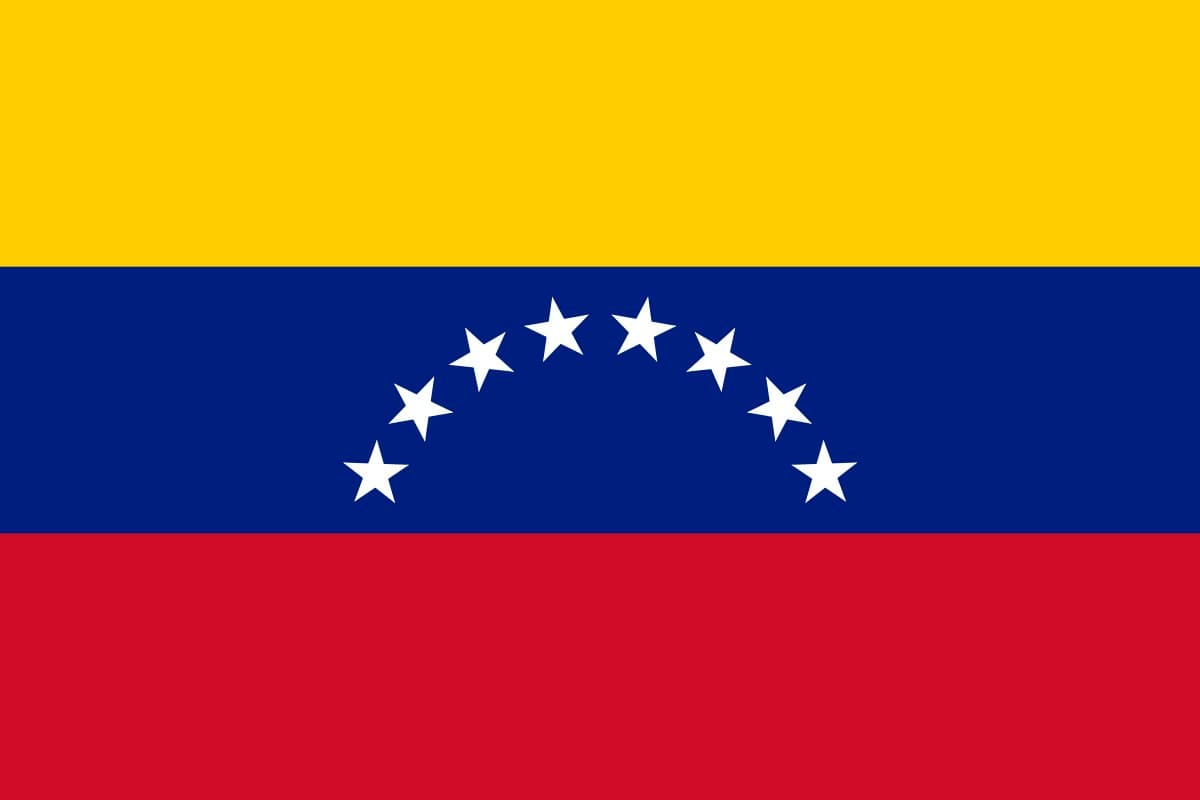The gripping drama of Chicago Med has always been more than just a television show; it’s a lens into the systemic issues plaguing our healthcare system. As we analyze the recently concluded Season 10, it becomes increasingly evident that the narrative surrounding health crises is intricately tied to race and class disparities. This season, particularly in its final episodes, lays bare the harsh realities faced by marginalized communities in accessing vital medical care.
Healthcare Access and Racial Inequality
According to a recent study, Black Americans face a staggering 30% higher likelihood of being uninsured compared to their white counterparts. This disparity is not just a statistic; it is a lived experience for millions. Chicago Med encapsulates this ongoing struggle through its characters and storylines, often reflecting real-world challenges. The show"s depiction of an overwhelmed emergency department at the Gaffney Chicago Medical Center resonates with audiences because it mirrors the chaos and urgency found in actual hospitals serving low-income communities.
Media Representation Matters
The portrayal of healthcare inequities in media is crucial for raising awareness. As reported by DAZN, sports and entertainment have become platforms for discussing social issues, including health disparities. Chicago Med’s commitment to highlighting the intersection of race, socio-economic status, and health outcomes is refreshing. The show’s narrative choices reflect a growing recognition that media can shape public perceptions and influence policy discussions.
\n\n
Opponents rally against health bill
Emergency Care and Racial Profiling
In recent episodes, the series addresses the alarming reality of racial profiling within emergency care settings. Patients of color often face biases that can delay treatment and worsen health outcomes. This is not merely fictional drama; studies indicate that Black patients are less likely to receive pain relief compared to white patients in emergency rooms. Chicago Med"s portrayal of these injustices opens a dialogue about the urgent need for systemic reforms.
Advocacy for Change Must Continue
As a former community organizer, I recognize the power of storytelling in driving social change. Chicago Med"s narrative gives voice to the issues that often go unaddressed in mainstream discussions. The show has sparked conversations about health equity, but it is crucial that these discussions lead to actionable change. Advocacy must extend beyond the screen and into our communities, demanding policy reforms that ensure equitable healthcare access for all.
\n\n
Coronavirus In Illinois: Gov. JB Pritzker Warns That Health Care ...
The Economic Implications of Health Disparities
The economic costs of health disparities are staggering. A report by the CDC indicates that health inequities cost the U.S. economy an estimated $93 billion annually in direct medical care and lost productivity. Chicago Med’s exploration of these themes serves as a critical reminder of the fiscal responsibility we have to address these inequities. By investing in preventive care and equitable health access, we can mitigate these costs while improving overall public health.
As we reflect on the narratives presented in Chicago Med, it is clear that the show is not just entertainment; it is a call to action. The depiction of healthcare challenges faced by marginalized communities can serve as a catalyst for broader societal change, reminding us that the fight for health equity is ongoing and must be prioritized.






![[Video] More videos of ANTIFA activities emerge in Giessen](/_next/image?url=%2Fapi%2Fimage%2Fthumbnails%2Fthumbnail-1764454862523-wtbpg5-thumbnail.jpg&w=3840&q=75)

![[Video] ANTIFA clashes with police as AfD launches new youth wing in Giessen](/_next/image?url=%2Fapi%2Fimage%2Fthumbnails%2Fthumbnail-1764454254349-m79yw-thumbnail.jpg&w=3840&q=75)